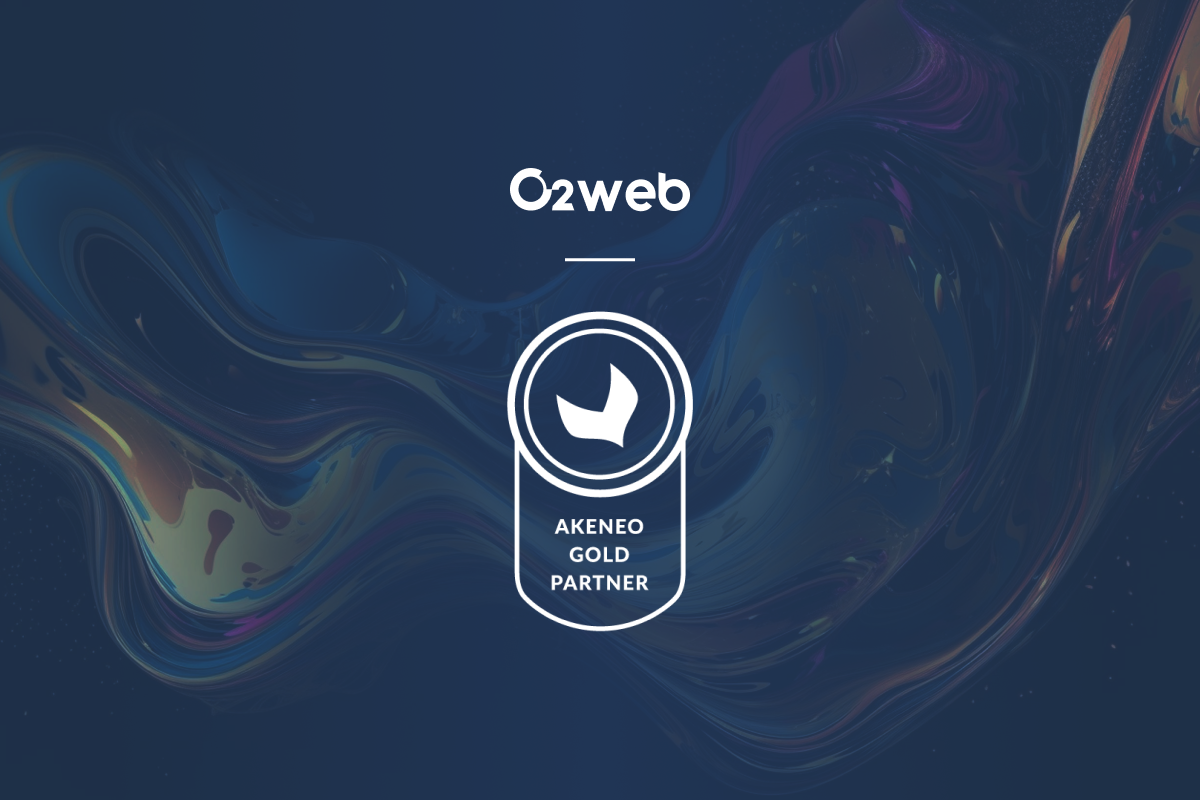
Requirements for a Successful PWA Implementation
We will dispense with the definitions and explanations and discussion of all the great things PWA (Progressive Web App) can do for your brand. If you are considering a PWA e-commerce website, you have done your homework and are clearly serious about growing and scaling your business.
Whether it is an upgraded site for an established merchant or a new site for a nascent venture, the decision to implement PWA is a significant step toward addressing a myriad of e-commerce issues and the benefits can be enormous.
It is not without risk, however, and in order to have the best probability for success, more homework is required and multiple boxes need to be checked. PWA allows retailers to create bespoke digital experiences for your customers, but to succeed you’ll need to meet certain requirements.
Let’s take a look at those requirements for a successful PWA implementation.
Keen understanding of customer expectations
You know your customers better than anyone else does. You know about their shopping habits, preferred communication channels and a whole host of other data points. Being able to define your customer expectations when they engage with your brand is vital to knowing what features your PWA site will absolutely need vs. those that are less critical.
Do your customers regularly engage via live chat? Do they ask questions about your products via Instagram? Do they expect robust search features? The answers to these and a broad array of other questions will help you build a PWA site tailor-made for your brand.
Segment customers based on interests
This follows the broader requirement of understanding customer expectations and is crucial to customizing and personalizing your site’s CX. PWA allows retailers to cater the CX to the shopper’s interests based on decision paths, but to do that, you will need to define those interests and create segments.
For example, is your store B2B? B2C? Both? Do certain customers purchase in higher volumes and receive volume discounts? PWA makes it very easy to create multiple paths to support different segments, along with multiple product listing pages and product details pages that cater to each.
A well-thought-out architecture aligned with your digital roadmap
The flexibility of a PWA is part of what makes it so attractive – it is able to connect to any internal tool via an API. That tool can then be incorporated into the user’s e-commerce experience, even if it has nothing to do with your e-commerce platform.
Generally speaking, it’s easier to connect multiple technologies using PWA, enabling you to leverage all of your internal tools and systems that will feed or be fed by your PWA site (advanced search technology, personalizations engine, CDP, etc).
Usable product information and PXM roadmap
Product information comes in three forms:
- Basic product information typically stored in the ERP
- Usability information
- Inspirational information.
All three types are delivered at various points throughout the customer journey.
Building a product information experience (PXM) road map is necessary for a seamless customer experience and can be instrumental in strengthening the client’s relationship with your brand.
Finding the right partner for the job
The right partner is critical to the success of your PWA project. Your partner should be realistic about the implications of PWA on your website performance and customer experience.
Work with a company that has experience in all aspects of building a PWA, including helping you to understand your customer expectations, align your architecture to a digital road map, and build a PXM road map.
At O2 Web, we work hand in hand with our clients, we develop strategic technological roadmaps for their e-commerce websites that will grow as they evolve and drive results while reducing dependencies to existing systems. A question? Don’t hesitate to contact our experts!





